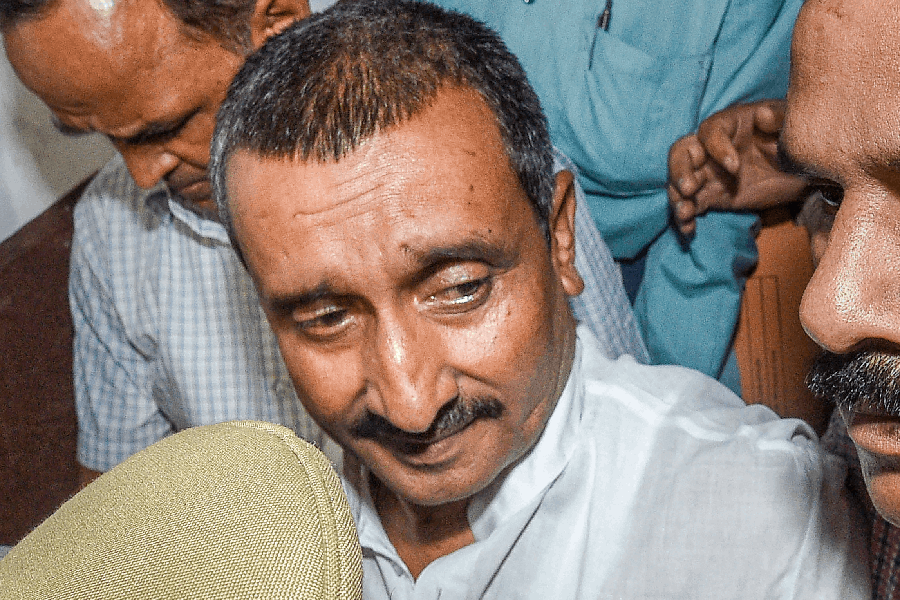 |
Bhubaneswar, April 8: Absar Beuria, a former Ambassador to Madagascar, last week made the Regional Museum of Natural History just a little richer and more exotic.
Beuria donated some 60 items to the city museum’s must-see list from his collection that he gathered during his various stints on foreign shores, especially Madagascar.
The most interesting item in the entire collection is an egg (in picture by Sanjib Mukherjee), one among the 36 rare ones belonging to the now-extinct elephant bird. This particular egg that was put up on display yesterday has an approximate dimension of 13 inches and a width of 9.5 inches.
Those who might not be familiar with the elephant birds (Aepyornis maximus), the ostrich-like creatures grew up to a height of 10ft and weighed around 454kg. They were last recorded in 1650.
Elephants birds are believed to have been herbivorous and flightless (ratite).
But museum officials believe that it’s not just the egg that’s set to dazzle visitors. The world’s longest-living flowering plant, the baobab (Adansonia digitata), with a life span of 5,100 years has also been added to the list.
Other items include some of the rarest stones — stuffs that fairy tales are made of. Take the septarian sphere for instance — also known as the Dragonstone, the stone gets its name from the Latin word saeptum, which means a small wall or enclosure.
Scorpion conch, calcite sphere, whole ammonite, molluscan shell cown, celestite, smoky quartz, black tourmaline, ocean jasper, Madagascar rose quartz, garnet, dolphin skull, and fossil of dinosaur bone — again from the magical city of Madagascar.
“I wanted more people to experience the Magic of Madagascar and learn of the glorious bio-diversity,” said Beuria explaining his move.










